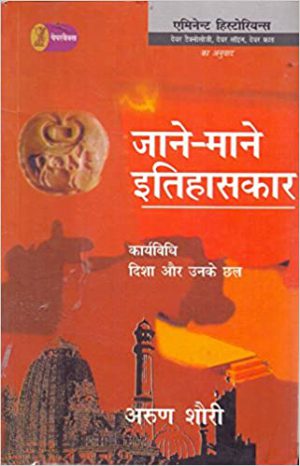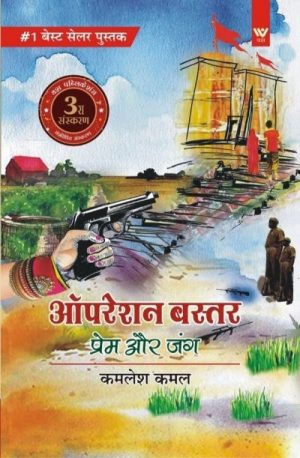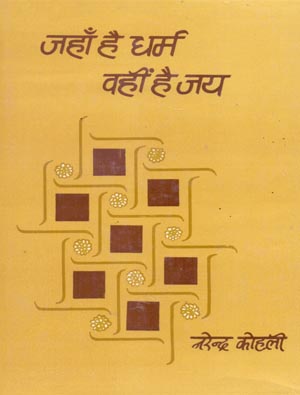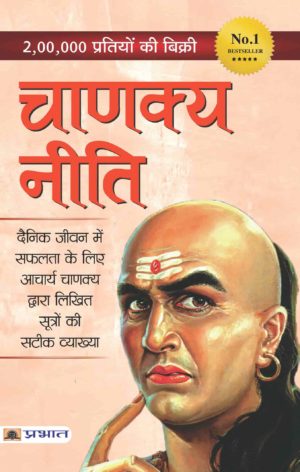हम चारदिवारी के अंदर सुख की जिंदगी जीते हैं, लेकिन सुख देने वाले कोई और नहीं हमारे देश के रक्षक पुलिसकर्मी और सुरक्षाबल के लोग हैं, जो दिन-रात अपनी जान हथेली पर लेकर हमारी सुरक्षा का दायित्व उठाते हैं।इस उपन्यास में बस्तर (नक्सलवादी क्षेत्र) में कार्यरत सैन्य सेवा की दुविधाएं ,परेशानियां, जद्दोजहद और उनकी कर्तव्यनिष्ठा का जीवंत चित्रण है। पढ़ने की लालसा हर पृष्ठ की साथ बढ़ती ही जाती है।बस्तर एक ऐसी जगह है जहां बाहर से बहुत कम लोगों का आना जाना होता है, ऐसे में आप जब इस उपन्यास को पढ़ेंगे, तो वहां से संबंधित बहुत सारी जानकारियों से अवगत होंगे।
कमल जी ने बहुत ही सहज, सरल और रोचक भाषा में कहानी लिखी है। लेखक क्योंकि स्वयं पैरा मिलिट्री में अफसर हैं ,इसलिए अनुभव की प्रामाणिकता का कयास लगाया जा सकता है। बस्तर की माटी की खुशबू, पुलिस का कठिन जीवन, जान हथेली पर लेकर जंगल जंगल कई दिन लगातार पेट्रोलिंग करना आपको रोमांचित कर देगा।






There are no reviews yet.